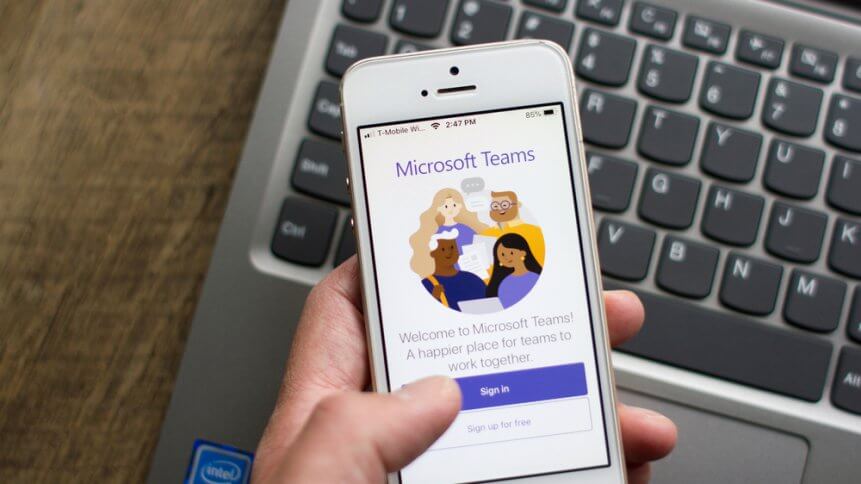Microsoft Teams is combating virtual meeting fatigue with new updates

- The mass shift to remote working came abruptly as the coronavirus outbreak led to nation-wide lockdowns
- Microsoft announced new updates to Teams; set to bolster meetings and discussions via video conferencing
- New features include the ability to host up to 1,000 participants in a video call and close to 20,000 participants in view-only meetings
Amid the months of “remote everything” in which people work, learn, and live at home in a bid to curb the spread of an ongoing coronavirus pandemic, tech giant Microsoft has announced several new features on its video conference software Teams that will make “virtual interactions more natural, more engaging, and ultimately, more human.”
Today we’re introducing new experiences in Teams to make our virtual interactions more natural and engaging, like Together mode – being together, despite being apart. https://t.co/I3Y8V6l0VQ
— Satya Nadella (@satyanadella) July 8, 2020
These new features include AI-inspired solutions that will augment the virtual meeting experience and additional functions that will empower businesses and education groups.
Could Microsoft Team’s new features signal some rising trend that will cement in the normality of remote everything? TechHQ explores some of the new features and the role it all plays in the future of work.
Video calls of the future
Microsoft’s Together mode leverages AI segmentation technology to “digitally place participants in a shared background,” creating a theatre-like seating arrangement as if participants are seated next to each other and not separated through the screen. This setting makes it feel like participants are in the same room when video calling and help reduce background distractions. Inevitably, participants are able to pick up on non-verbal cues easily and engage in conversations more naturally.
Together mode is predicted to help relieve video meeting fatigue and encourage collaboration by setting up a simulation that mimics brainstorming sessions and round table discussions in real life. Businesses can easily transit into settings like these that promote discussions around a product launch or project management. The education sector could gain from the auditorium-like setting as well — when students are placed in a shared background with minimized background distractions, a more connected online class experience is created. Together mode with auditorium view is rolling out now and will be available to the general public by August 2020.

Source: Microsoft
Microsoft Teams provides live captions on screen for users to follow along with what is being said in a meeting. The tech giant is improving this feature by adding speaker attribution that will allow users to keep track of who is speaking. This is clearly geared towards an expectation that virtual meetings are here to stay.
Considering the climbing numbers of participants in a single meeting, and the fact that Teams-led meetings are aiming to support more than 1,000 participants, it can be challenging to monitor and keep up when large groups are in the midst of a discussion. Live transcripts of meetings will also be released later this year to help participants follow along with the speakers and contents of the video conference call. After a meeting, transcripts will be automatically uploaded and saved in a tab as a part of the conference.
Teams is also offering a view-only meeting of up to 20,000 participants. This feature aligns with the monumental growth of virtual events, conferences, and product launches. The ongoing pandemic has impelled many tech companies to migrate their annual conferences to online platforms. As an example, Apple hosted its annual Worldwide Developers Conference online for the first time in more than three decades since its initial launch. Microsoft’s Build developer conference was also held online this year due to the pandemic.
Dan Ives, an analyst at investment firm Wedbush Securities, shared that while virtual conferences are less costly as compared to live events, the significance of interpersonal interaction in live events is irreplaceable.
“What you lose in potential sales, relationships, and seeding future growth is a gut punch to these companies’ top line.
“I view this more as temporary than the new norm,” Ives told WSJ.
Even though there are challenges in replicating and scaling live annual tech conferences to a digital platform, the emerging features and tools to enhance virtual events are promising.
Collectively, the new offerings of Teams aim to bring a more seamless experience for millions working from home or collaborating with colleagues at separate office locations. As businesses, organizations, and schools advance in the new normality of work and study, video conferencing and collaboration tools remain vital to keep the connection alive.










